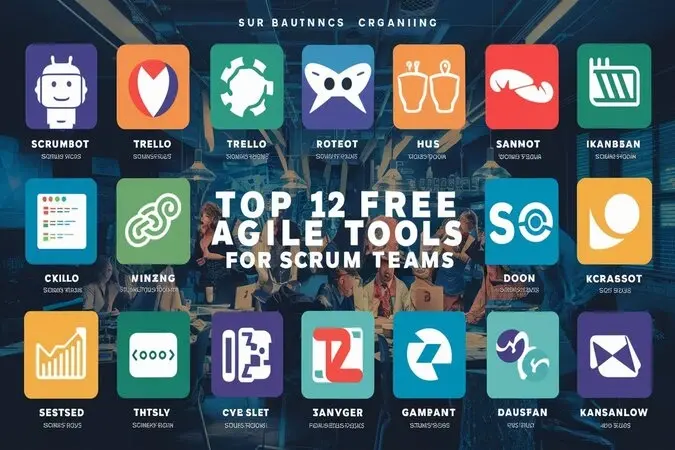Top 7 react alternatives to build modern web frameworks
Being a popular and widely used library for building user interfaces, React is currently considered the ideal choice for the creation of web apps with a high degree of interactivity. But React is not the only possibility of building web interfaces. After the above, there are several other JavaScript frameworks with similar characteristics.
In this article, 7 realistic React competitors are discussed in detail that can be used in the development of present-day web applications.
1. Vue.js - Vue is the closest competitor to React where the main difference is that it also offers a declarative, component-based approach. They have excellent documentation, are easy to learn, lightweight, and highly portable for creating web applications and sites. Out of all of Vue’s perks compared to React, there are two main benefits: Vue renders faster and is easier to optimize.
2. Angular – A framework by Google that provides all MVC-based framework features for constructing massive web applications. That said, unlike plain AngularJS, plain Angular comes with wide inherent functionalities such as routing, state management, form validation, testing, and many others. It also gains a significant advantage in TypeScript's assistance to create large enterprise applications.
3. Svelte – While not exactly a framework, Svelte is a compiler that transforms them into incredibly optimized JavaScript during the build step. This removes the concept of the virtual DOM. It is very easy to get started with Svelte and this makes it suitable for creating reactive user interfaces at a very fast pace due to the shallow learning curve contributed by the small size of the library.
4. Ember – A full-stack web framework with opinions that manages the details and provides tools to build real-world applications. Ember also comes with strict conventions with routing, templates, even data modeling, and add-ons to mention but a few. This can be beneficial to programmers in that it enables them to work on the application logic without having to code all the fundamental features from scratch.
5. Mithril - Mithril is one more extremely lightweight client-side Javascript framework aimed at the development of single-page applications. It only takes 8kb (minified and gzipped) and it has a small API surface area and learning difficulty, while at the same time, it is easily scalable to handle larger applications.
6. Backbone – This is one of the oldest frameworks in JavaScript mainstream type with a minimal set of tool sets that help to structure the client-side code using the MVC design pattern. It is lightweight, easy to link with other libraries, and is optimal for the creation of single-page Web applications based on RESTful JSON backend.
7. Hyperapp is an open-source 1KB JavaScript framework for building UI interfaces, and it is among the smallest frameworks in the modern market while providing such features as components, actions, and the virtual DOM. It calls for a minimal framework leading to more efficiency that is suitable when developing high-efficiency apps.
Frameworks like reactJS which is a JavaScript library have revolutionized the way we build today’s web applications due to their component-based architecture. However, many of them are still alive and improving themselves to offer their interpretation of the way of creating fast and engaging sites and applications. In some cases, these could be better options to consider compared to using React as the default option.
MORE FOR YOU

Top Leadership Quotes and Sayings on Delegation to Inspire You to Greatness
Published On: 12 Sep 2024Recent Blog
- Offshore Web Development – What is it? And Why It’s in Trends
- Python vs .Net: Choosing the Right Language For Your Project
- Digital Account Manager Job Description Template
- 20 of the Best Product Design Tools to Use in 2024
- Employed vs Freelance Bookkeepers: What’s the Difference?
- Top 12 Free Agile Tools for Your Scrum Team
- Top 10 Real Estate Virtual Assistant Companies 2024
- Top 25+ Software Business Ideas for Start-Ups in 2024
- Uncover Benefits Of Local SEO Outsourcing
- Top Leadership Quotes and Sayings on Delegation to Inspire You to Greatness





